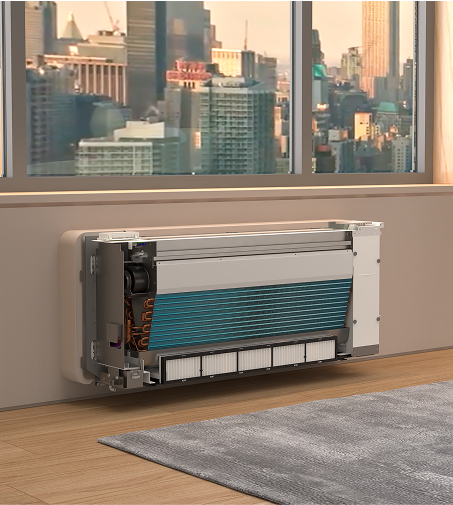Energy-Smart Climate Solutions with Ductless and Packaged HVAC Systems
Commercial climate systems continue to evolve as industries demand greater efficiency, flexibility, and control. Heating and cooling setups have transitioned from bulky installations to smarter, more streamlined alternatives. As buildings become increasingly tech-integrated, HVAC design must align with spatial requirements and sustainability metrics. This shift has opened opportunities for scalable, digitally managed solutions that serve diverse environments without compromising precision or performance in corporate and architectural planning.
Why Ductless HVAC Models Fit Dynamic Business Environments
Compact in design yet powerful in output, ductless HVAC models are gaining traction across commercial spaces requiring zoned climate management. Without the need for expansive duct networks, these systems enable real-time room control while reducing installation complexity. Industries focused on architectural aesthetics or adaptive reuse appreciate how these units blend seamlessly into custom interiors. Their energy-conscious performance supports operational goals where both design integrity and environmental efficiency are key to long-term project value.

Tailored Solutions for Internationally Scaled Operations
Enterprises with multi-location footprints seek climate systems that scale without introducing unpredictable overhead. The flexibility of modular HVAC designs suits both regional offices and large facilities across varying climates. These solutions prioritize uptime, remote monitoring, and standardized service, making them well-suited for diverse corporate ecosystems. In sectors where global operations converge with localized needs, technology-driven climate control becomes an operational necessity, not a luxury.
The Strategic Role of Packaged HVAC Units in Infrastructure Design
Designed for centralized delivery and streamlined performance, packaged HVAC units remain crucial for projects prioritizing simplicity and compact execution. Their self-contained nature allows integration on rooftops or tight structural zones, enabling efficient cooling and heating without interior disruption. When paired with automation tools, these systems support temperature consistency across high-traffic buildings such as educational, retail, and healthcare facilities. Their adaptability ensures reliable performance in both urban expansions and retrofit strategies.
Future-Ready Planning with Packaged HVAC for Real Estate and Development
From design-stage modeling to tenant-ready handover, climate control must align with project timelines and compliance standards. Developers often turn to packaged HVAC units during site planning to avoid delays caused by ductwork or component misalignment. Their plug-and-operate configuration accelerates installation, which is especially critical in phased construction. As digital-first expectations reshape building utility standards, these HVAC systems align with fast-track delivery and long-term energy forecasting models.

Conclusion
HVAC systems are no longer background infrastructure—they’re essential to performance, branding, and client satisfaction across commercial industries. Businesses balancing innovation and functionality benefit from engineered systems that consider architecture, scalability, and automation. Solutions like ductless and packaged units reflect this shift by offering modular, intelligent climate control. For digital agencies, developers, or infrastructure planners exploring integrated utility strategies, Nextac.com delivers creative and technical solutions that extend beyond visuals into operational reality. The intersection of design, engineering, and global compatibility makes all the difference.
Comments
Post a Comment